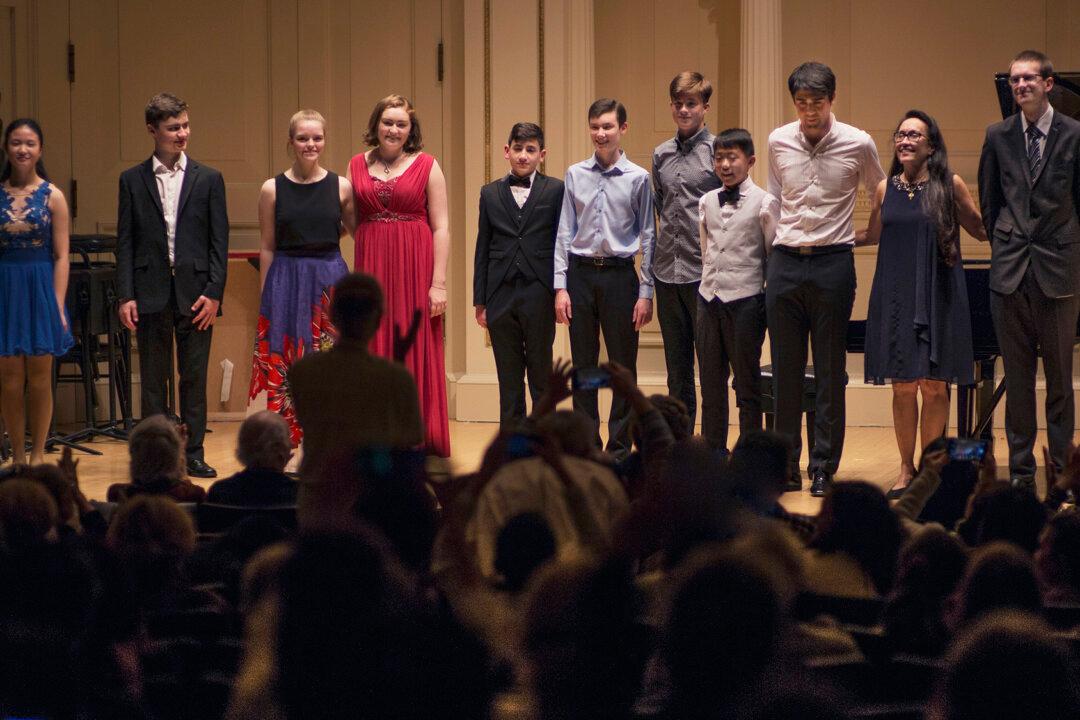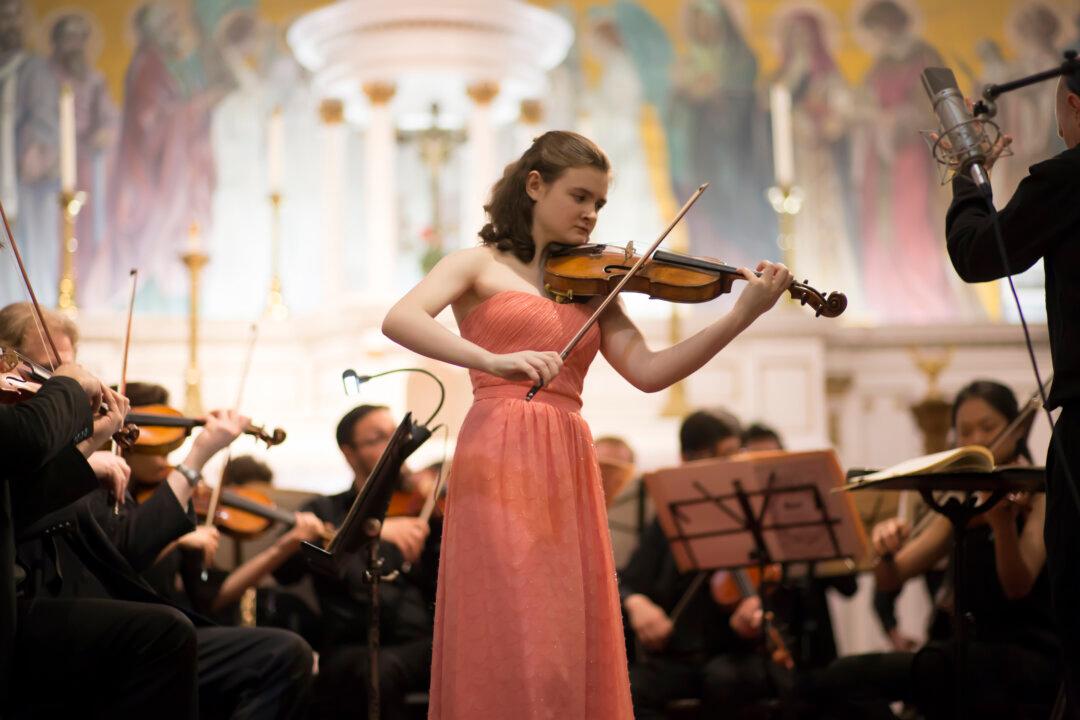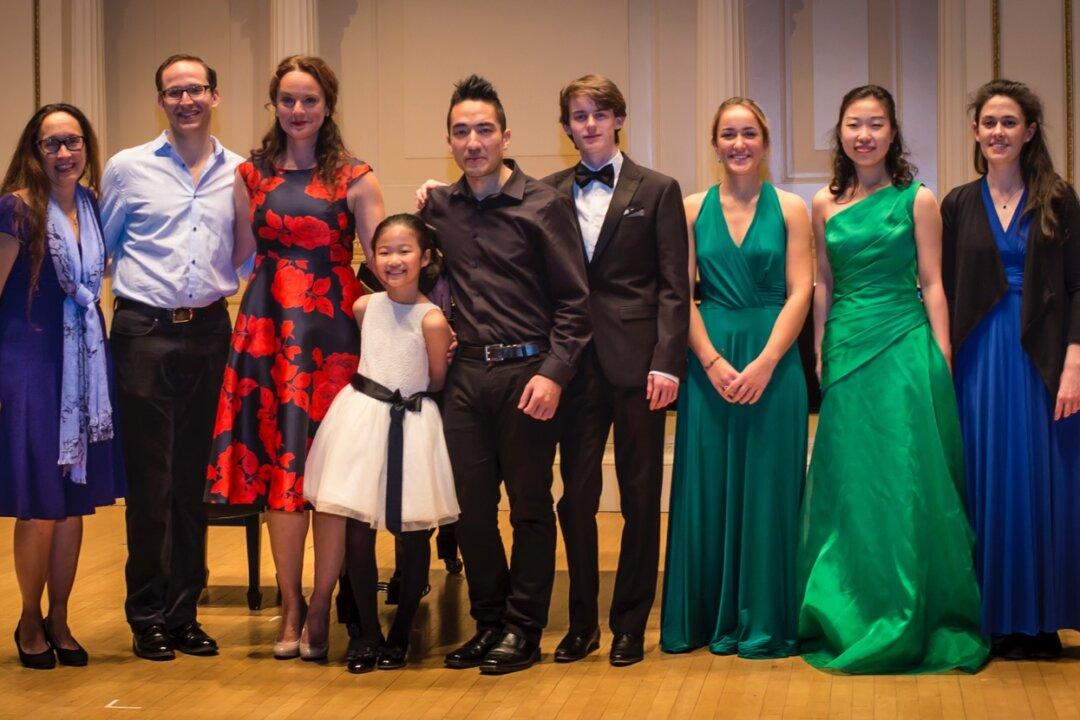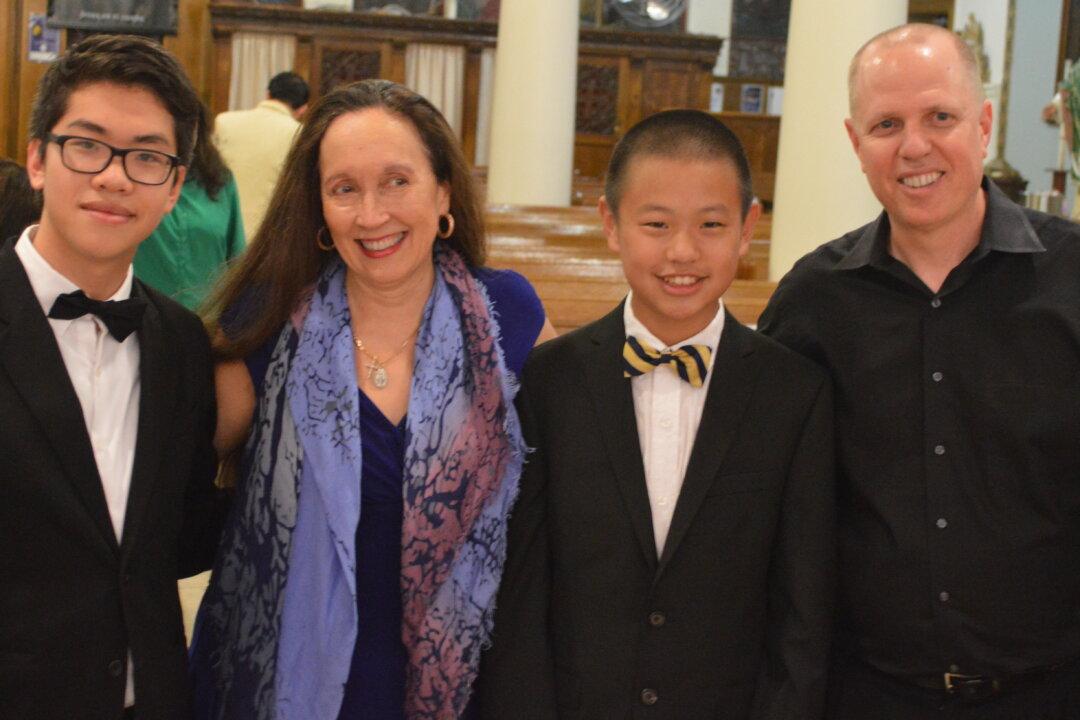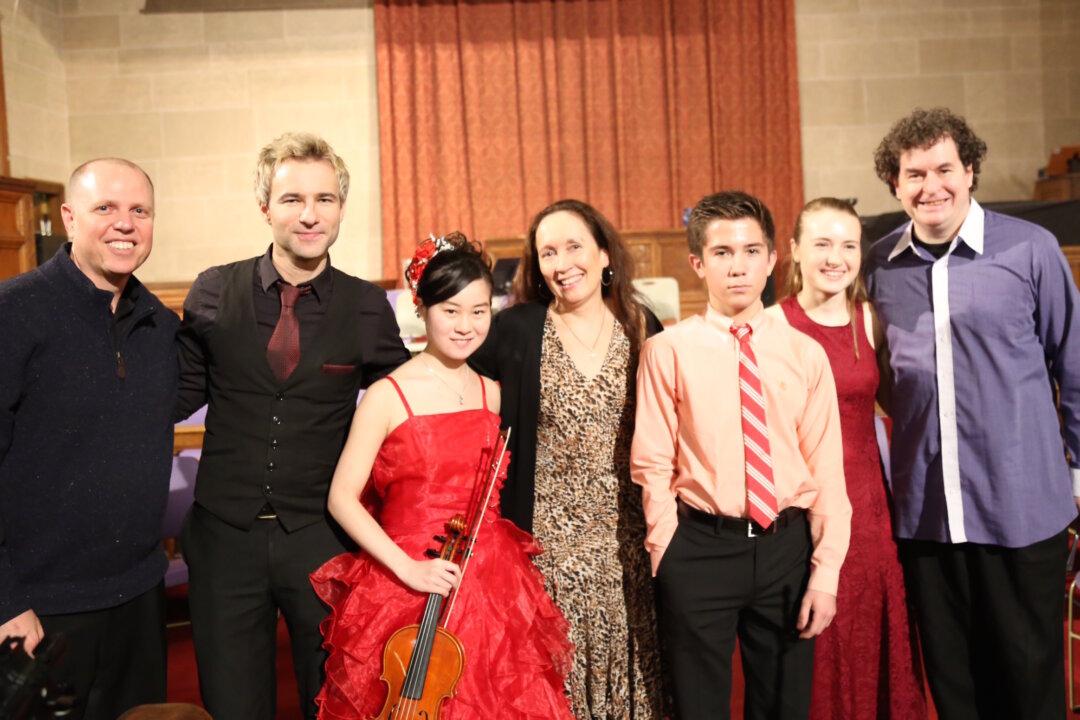NEW YORK—On Oct. 29 at Carnegie Hall’s Weill Recital Hall, the New York Concerti Sinfonietta (NYCS) presented its 2017 International Shining Star Competition winners in concert, to a sold-out audience. The recipient of the Grand Prize was a remarkably gifted musical switch-hitter who took top honors in both the piano and violin categories.
The Carnegie concert featured the cream of the crop, selected from recent auditions held at Ireland’s three leading conservatories: the CIT Cork School of Music; the DIT Conservatory of Music, Dublin; and the Royal Irish Academy of Music. Also appearing were star performers trained at the Hochschule für Musik, Cologne; and the University of Music, Vienna. Featured from the United States were soloists from The Juilliard School and the Manhattan School of Music.

